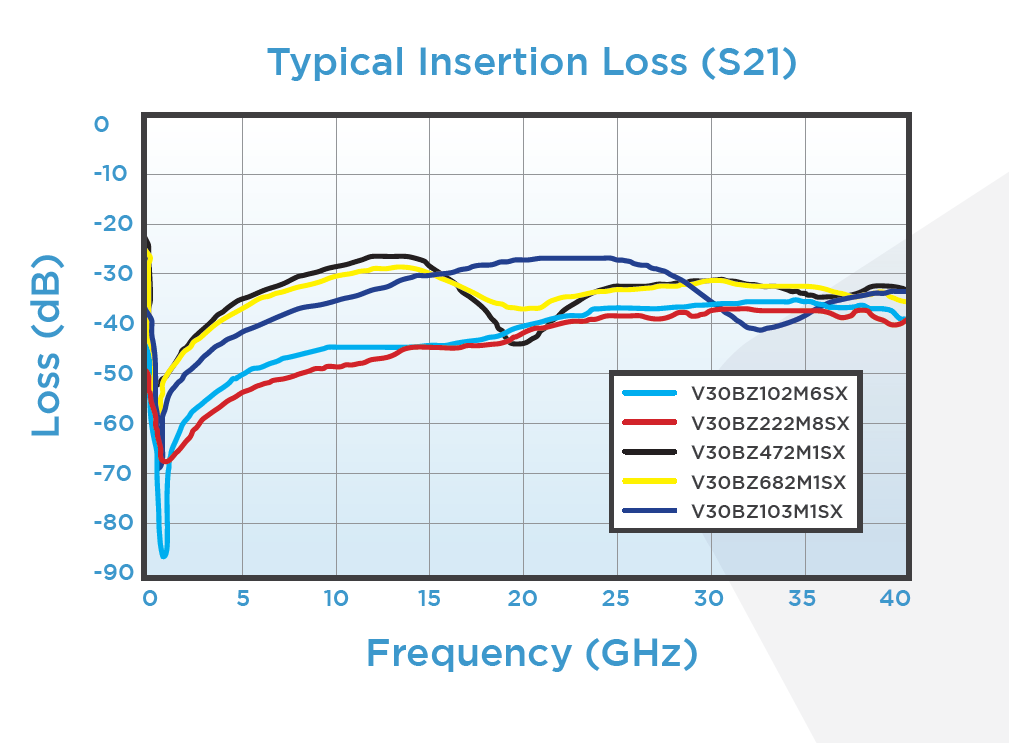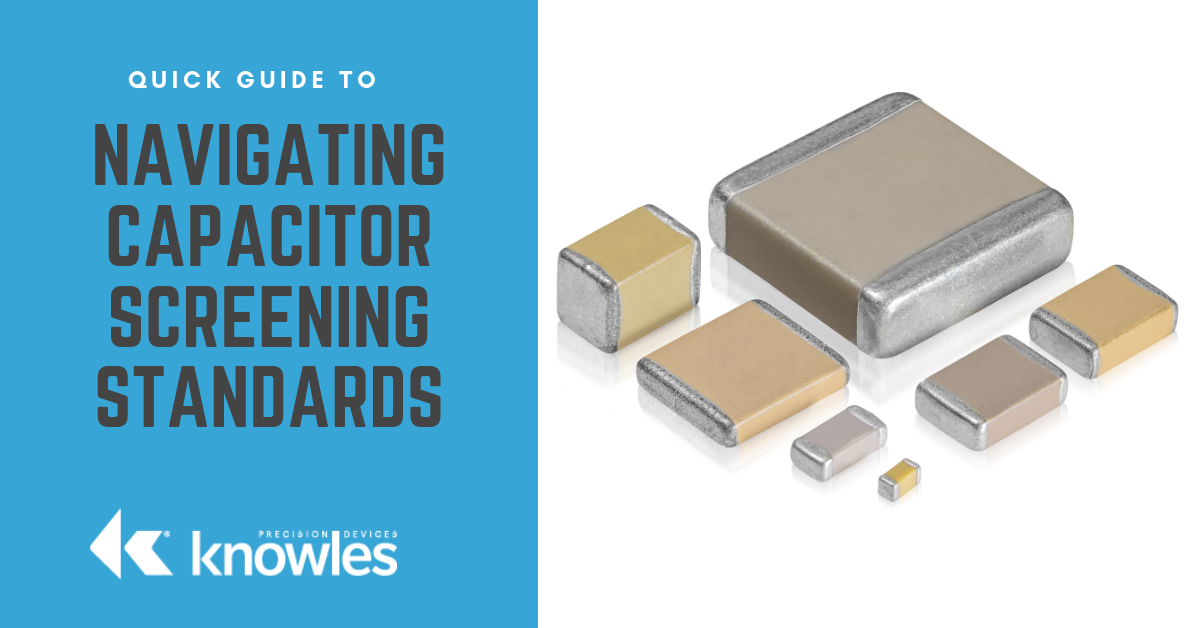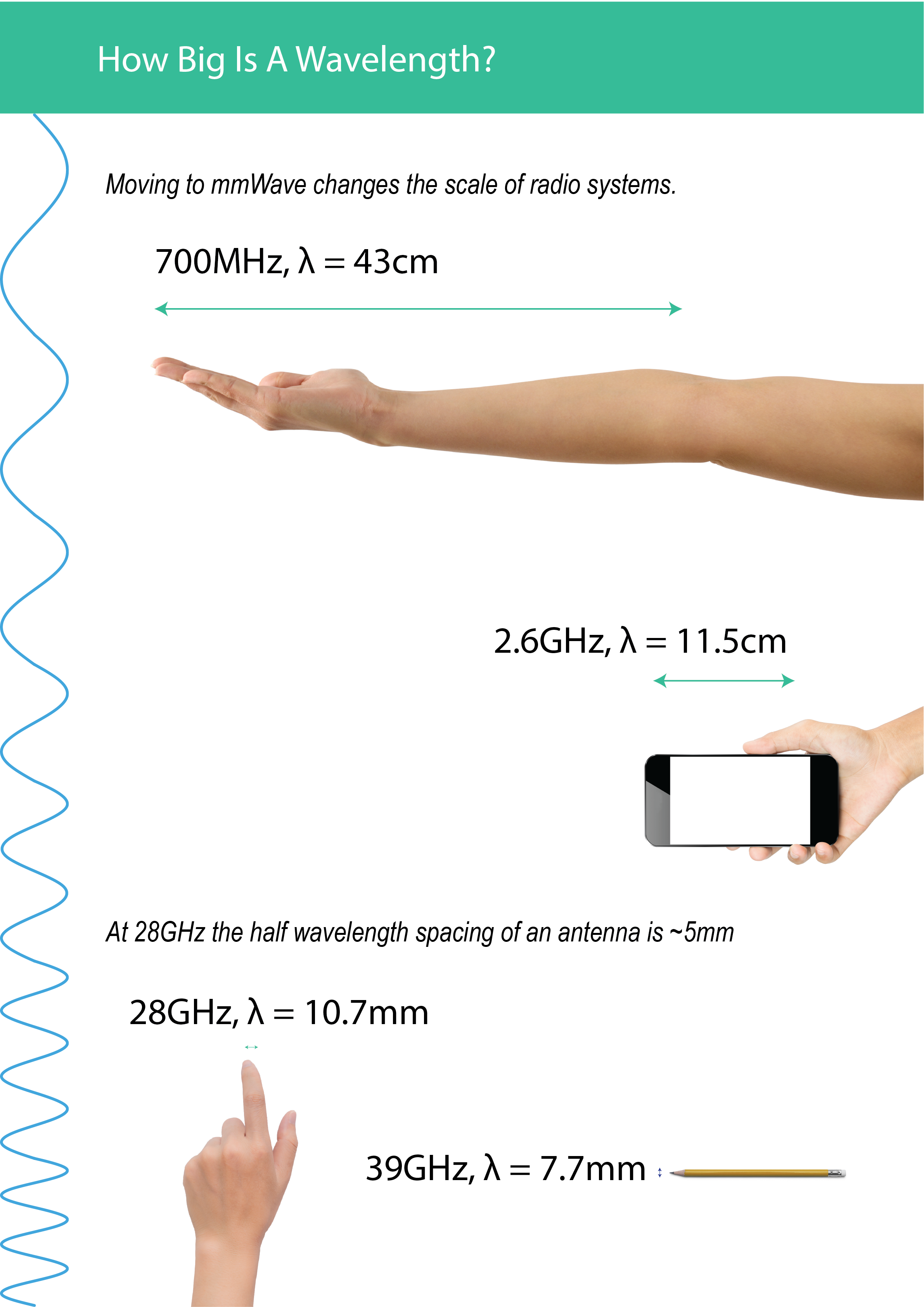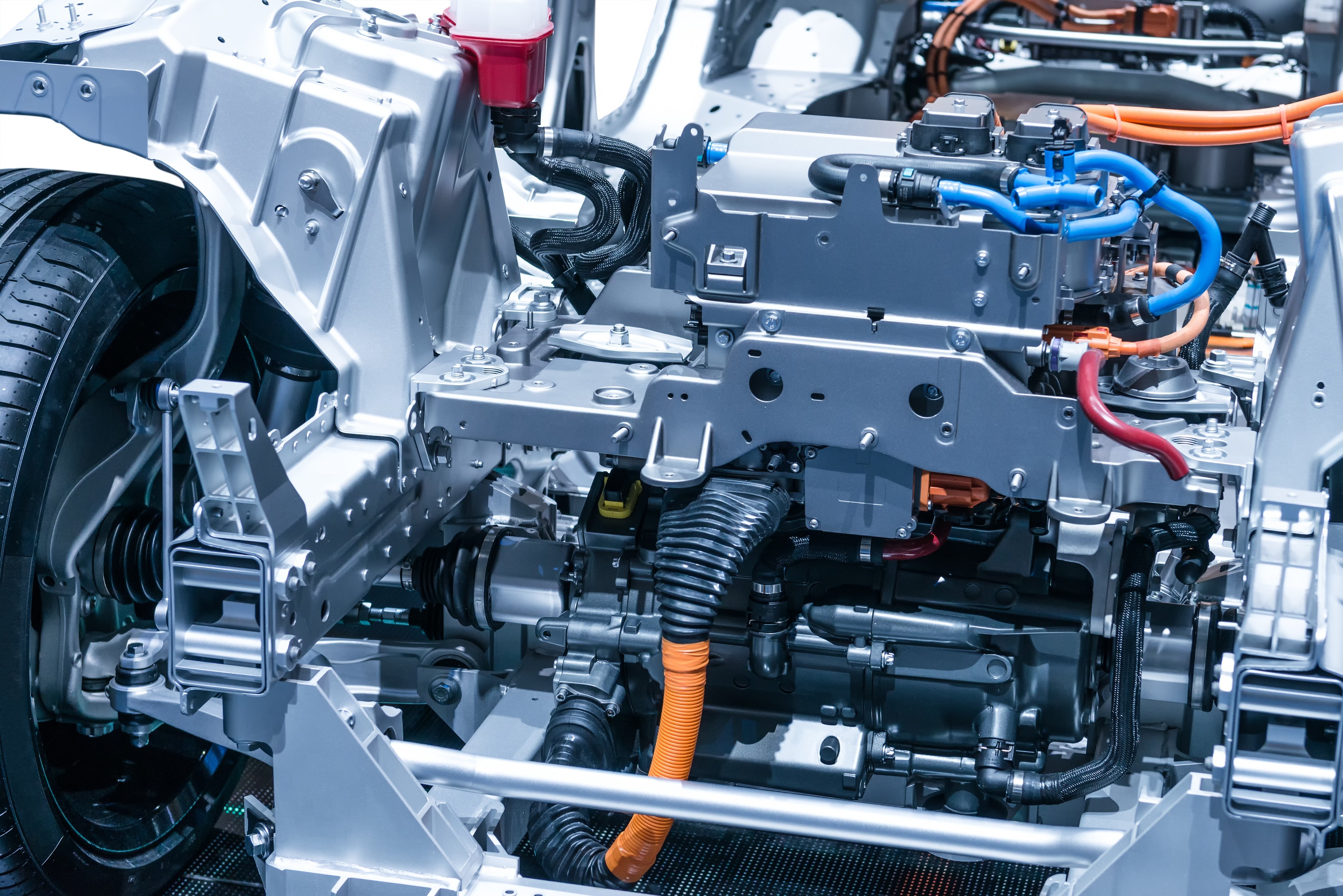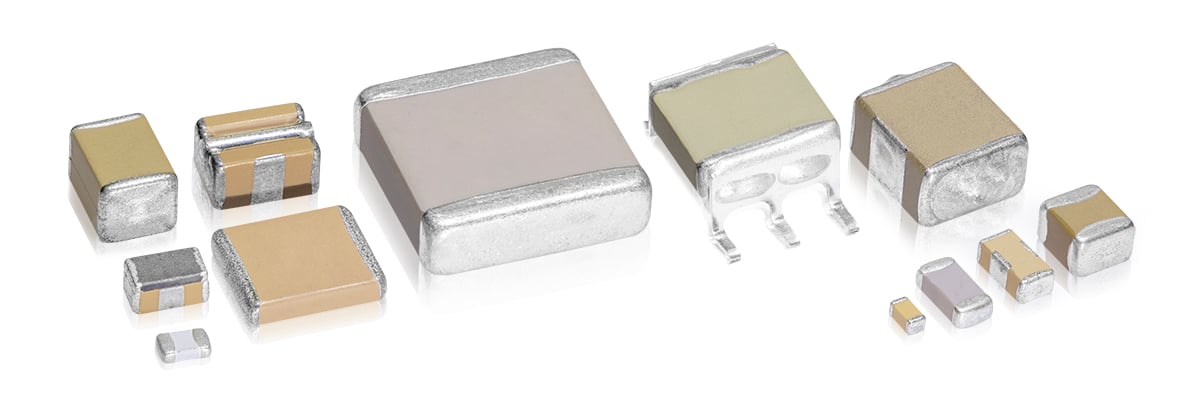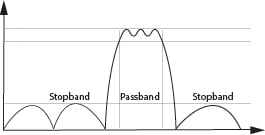Supply noise creates challenges in RF systems where it can mix with RF signals, impacting signal-to-noise ratios and potentially causing spurious output. Thus, high-frequency monolithic microwave integrated circuit (MMIC) amplifiers with broadband gain need to be protected from RF noise on the supply lines. Avoiding these issues with supply line noise requires RF designers to use a bypass capacitor that provides an efficient path to ground for RF energy on the supply line before it enters a gain stage (Figure 1).
A Quick Guide to Properly Selecting a Capacitor for MMIC RF Bypassing
Topics: Capacitor
Non-Magnetic Capacitors for Medical Imaging Applications
Imaging systems account for a significant portion of the medical devices and electronics industry. There is an expanding range of imaging modalities, and one of the most common is magnetic resonance imaging (MRI). MRI equipment uses a strong magnetic field and computer-generated radio waves to create cross sectional images of the body; these images enable health care professionals to investigate and diagnose without the need for an invasive procedure.
Compared to other applications, a medical implant is a rather benign environment for a capacitor; it’s temperature-controlled with a relatively low voltage. That being said, the success of a capacitor in a medical implant relies heavily on manufacturing components to avoid failures and the know-how to screen for any production discrepancies. As the reliability grade of a component progresses, more screening and testing is required to ensure that only the most robust parts make it to the finished product.
Topics: Capacitor, Military and Aerospace, Medical
Millimeter Wave Filter Manufacturing: Tolerance and Size
One of the questions we get asked regularly is:
‘why not just integrate a filter in the board stack?’
Our answer to this comes in two parts: First there are manufacturing tolerances to consider, and second there is size.
Topics: 5G, RF and Microwave
Key Specifications and Practical Solutions for 5G mmWave Filters
With the promised delivery date of 5G wireless communication fast approaching, the world is waiting to see if this next-generation network will hit its ambitious goals of 10 Gbps peak data rates, less than 1 ms latency, 10 times greater energy efficiency, and more. In past decades, each generation of mobile systems – from 1G analog systems to 2G digital standards to 3G mobile broadband capabilities to 4G LTE and LTE-Advanced networks – has overcome a unique set of challenges. Leaps in technology are necessary to enable these advancements in performance.
Topics: 5G, RF and Microwave
From Ultrasound to Radars, in a phased array system some of the most important design considerations are the number of elements and the element spacing since both drive cost and performance. In traditional arrays an inter element spacing of less than half the wavelength (<λ/2) is required to mitigate grating lobes.
Topics: RF and Microwave
Broadband Bypass Capacitors For High Speed Optical and mmWave
Microwave and mmWave frequencies are found in RF applications and in optical communications. As we see increasing interest in mmWave for RF communications and move from 28Gbps to 56Gbps NRZ and 112Gbps PAM4 in the optical world, the system as a whole needs to maintain a high interconnect bandwidth.
Topics: RF and Microwave
Understanding Temperature Rise of MLCCs in High-Power EV and HEV Applications
The advantages of multilayer ceramic (MLC) capacitors over plastic film types include their smaller physical size, lower inductance, and ability to operate at higher temperatures. These advantages make MLC capacitors very well suited to high power applications, such as power converter systems in electric (EV) and hybrid electric (HEV) vehicles.
Topics: Capacitor, Automotive, Electric Vehicles
Challenges and Solutions to Global Multi-Layer Ceramic Capacitor Shortage
Multi-layer ceramic capacitors (MLCC) are a highly efficient, robust, and mature product that are enabling rapid innovation across a myriad of industries and expanding numbers of applications. However, with global demand for these critical components at an all-time high, at the moment there is a global shortage in their supply – especially in the traditional, non-specialized geometries. As MLCC demand is fueled by significant product development in the IoT, consumer electronics, and electric vehicles (EV), new advancements in these industries have become limited to the capacitor’s availability during the shortage, with lead times reaching several months to a year in some cases.
Topics: Capacitor
Planar Filters
Manufactured using a thin-film process, Microstrip (planar) filters can offer a high quality factor (Q) and a reduced packaging envelope when compared to discrete lumped element designs, and are more practical at higher frequencies. The thin-film design can hold tighter design tolerances due to the distributed transmission lines forming resonant structures. Planar filters are a robust solution, attractive for applications ranging from established platforms, such as military warfare, to emerging technologies, like 5G. Below are some general-purpose resources for additional background, applications, and benefits of Microstrip filters:
Topics: 5G, RF and Microwave

